Are Fabrics/Unified Computing the Solution for Rapid Deployment and ease?
This question has been posed to me several times. My answer is…that depends on the question! Fabrics do provide some advantages for some and not so much for others. For instance in a cluster environment for high speed computing, or when a company needs to rapidly deploy storage, servers and networking . However, I think the real answer is that there isn’t an “end all be all” to every data center as needs vary from one DC to another and from one application to another in a data center.
The real answer is that there isn’t an “end all be all” to every Data Center as needs vary from one to another.
First and foremost, a business needs to perform risk management across the depth and breadth of applications, data stores and talent. The assessment needs to include the worst “what if” scenarios should the equipment and application not be available. Once you know the business risks, you need to evaluate your business goals and what IT can do as a service to grow and support your business. It is rare these days for any data center to do a wholesale upgrade in an existing facility. Rather upgrades happen through attrition, or in some cases due to a move or another site coming online due to capacity issues and/or consolidation.
The process determining whether a solution is great or not begins after you have a direction and risk assessment. This step I call due diligence. I view this as the most critical step. During the due diligence phase, IT should be tasked with testing the hype. (See next week’s blog on FCoE versus Fibre Channel for a good start here). When I say testing the hype, I mean pick apart the marketing claims. Remember it isn’t a savings if you weren’t going to spend that money to begin with. Also, plug the hype back into the risk assessment. One throat to choke may sound good, but putting all your eggs in one basket can introduce risk as well. Evaluate the fabric supplier. Ask the following:
Where is your manufacturing and how many facilities do you have? (Think of the recent tsunami or any other natural disaster – this could have a negative impact on your business if you lock into a single vendor and they aren’t as redundant as you thought).
What is the longest lead time you have exhibited for a product in the last 5 years and why? (Barring natural disaster, how is their supply chain set for influxes of orders, etc.)
How many internal staff do you have dedicated to this solution, and how long have they been with the company? (During acquisitions, some talent leaves and others shift. This is your line of support when the going gets tough).
How much stock do you keep on hand for replacement parts? (Obvious)
Can you provide power calculations on each component? (Often you see literature hype up low power at a switch port for instance but the required network card is significantly higher).
Do you support open systems? (You need an attrition path and options if any of the above fail. (Many active electronics manufacturers are locking down their cables so that you have to buy their cables for a system to work, for example. You want open systems so you aren’t locked into a single solution to decrease risk. What happens if you consolidate data centers? Do you have to move everything to the new stuff, or can you move your old stuff and have it work well in the playground?).
How much of my current equipment will work with the solution?
What complimentary partners can you demonstrate interoperability?
What do you find fallible in your competitions products? (slippery but informative!)
Find independent test results where possible and understand the testing and conditions under test. Companies like the Tolly Group and others do independent benchmark testing under LIKE conditions. The keyword being LIKE.
Lastly, do yourself a favor and look at their case studies and press releases and call those companies to find out if the stuff worked without failure and how it has performed over time. Hard to do with new solutions but a wealth of gotchas to consider before you embark on your journey. Skip the references they will give you people that say wonderful things.

